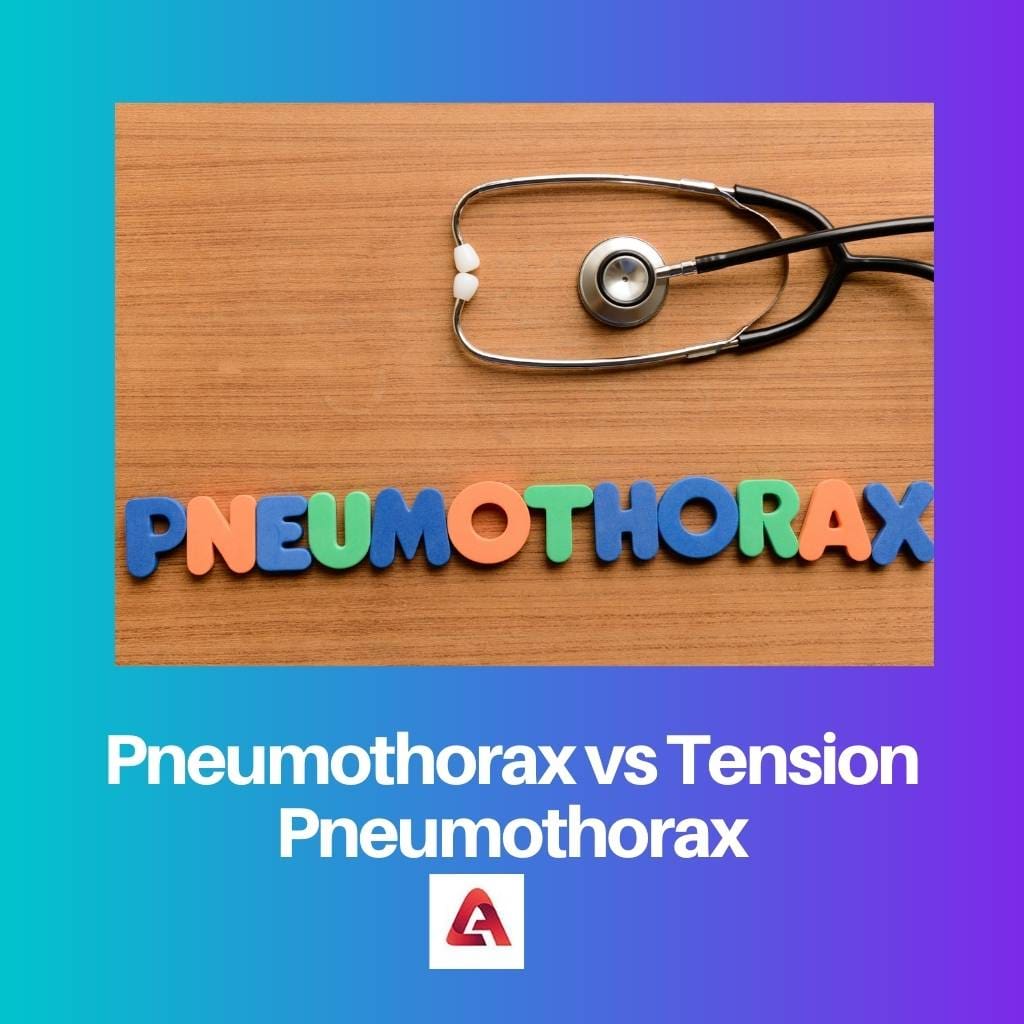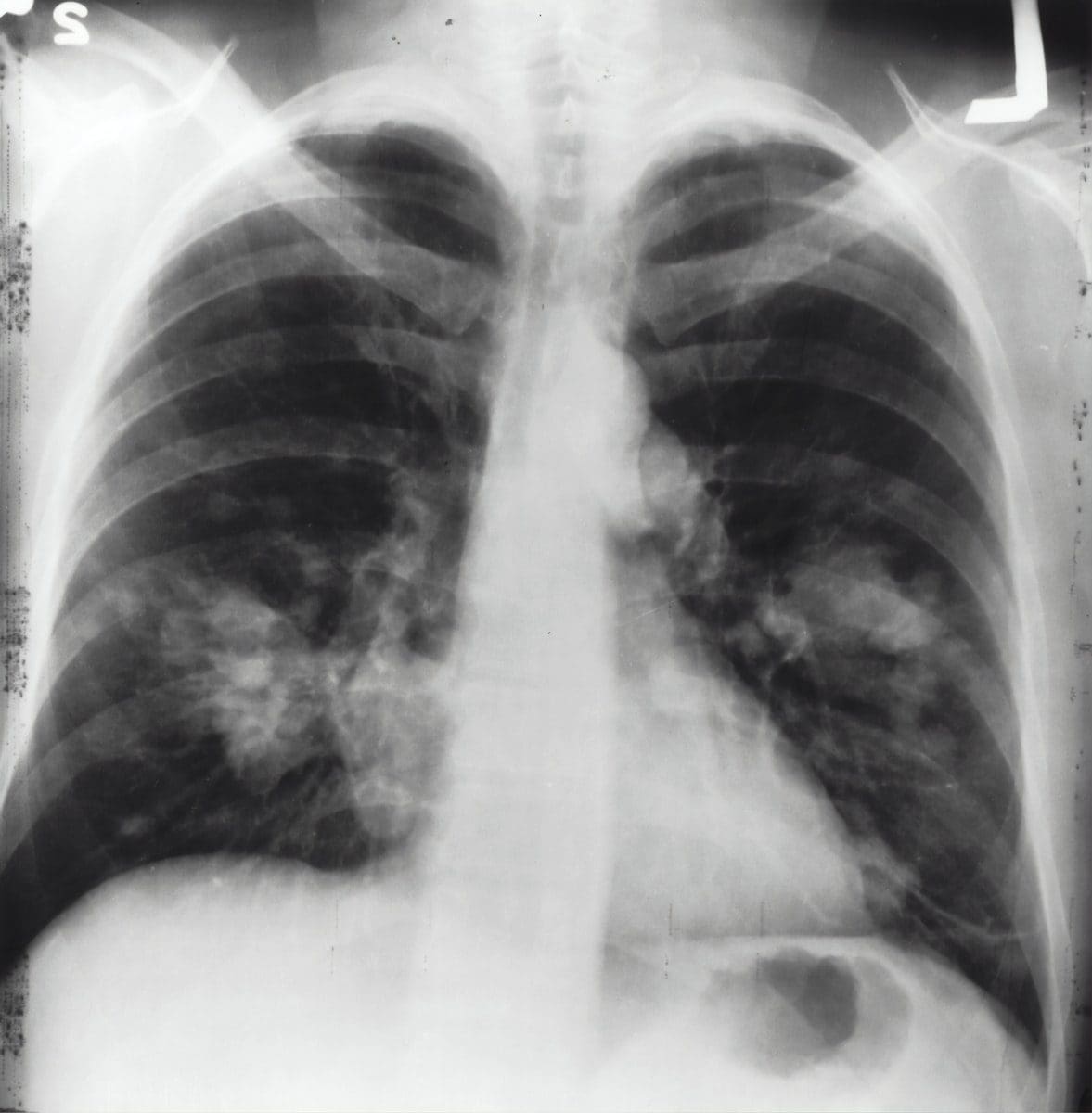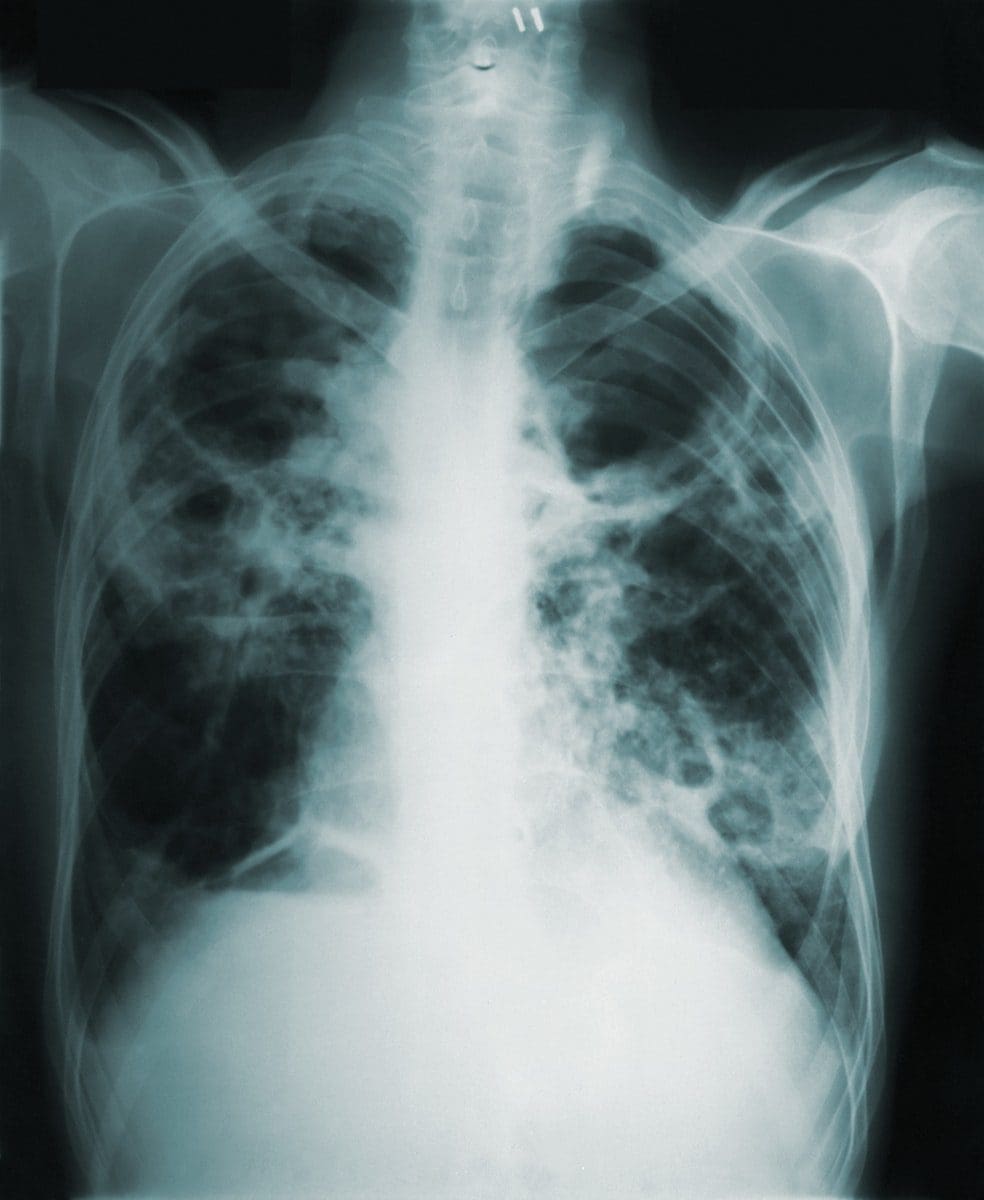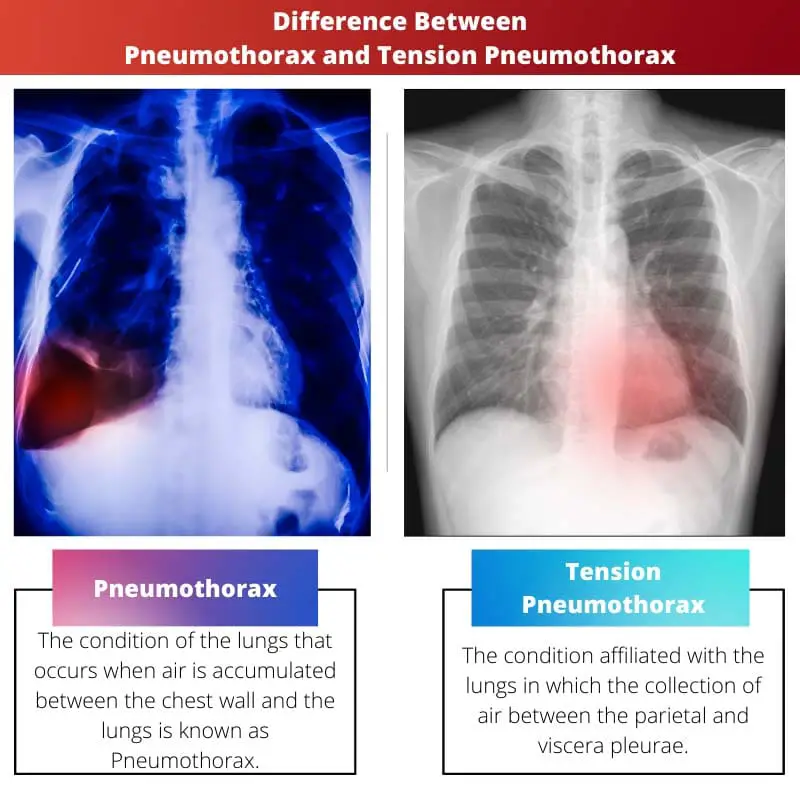There are internal organs, external organs, and sensory organs, and all these organs are located at different places in the human body they have their independent function, use, and role to play in the working of the human body.
There are several disorders associated with the lungs, and two of these disorders include 1. Pneumothorax, and 2. Tension Pneumothorax.
Key Takeaways
- Pneumothorax occurs when air enters the pleural space, leading to lung collapse. At the same time, tension pneumothorax results from increasing air pressure in the pleural space, causing life-threatening compression of the lungs and other organs.
- Symptoms of pneumothorax include chest pain, shortness of breath, and cough, whereas tension pneumothorax presents with severe chest pain, rapid breathing, and cyanosis.
- Treatment for pneumothorax involves needle aspiration or chest tube insertion, but tension pneumothorax requires immediate needle decompression followed by chest tube insertion.
Pneumothorax vs Tension Pneumothorax
The difference between pneumothorax and tension pneumothorax is the things that take place when any of these disorders take place in the human body. Pneumothorax is a case that occurs when the gap between the chest wall and lungs is filled with air and when the air is accumulated between the parietal and viscera pleurae. On the other hand, Tension Pneumothorax is a case when a collection of air between the parietal and viscera pleurae takes place, and along with that, the shifting of the mediastinal occurs.

The condition of the lungs that occurs when air is accumulated between the chest wall and the lungs is known as Pneumothorax.
The condition affiliated with the lungs in which the collection of air between the parietal and viscera pleurae takes place, and along with that, the shifting of mediastinal occurs is known as Tension Pneumothorax.
Comparison Table
| Parameters Of Comparison | Pneumothorax | Tension Pneumothorax |
|---|---|---|
| Meaning | The condition of the lungs that occurs when air is accumulated between the chest wall and the lungs is known as Pneumothorax. | The condition affiliated with the lungs in which the collection of air between the parietal and viscera pleurae takes place and along with that the shifting of mediastinal occurs is known as Tension Pneumothorax. |
| Symptoms | Acute chest pain, breathing issues or shortness of breath, feeling physically exhausted, pressure on the chest, fast heart rate, decrease in the oxygen level etc. | Rapid breathing or shortness of breath, fast heart rate followed by shock, acute chest pain, altered mental status etc. |
| Situation of air | Air escapes from the pleural space. | Air doesn’t escape from the pleural space and gets trapped. |
| Causes | Injured chest, lung diseases and disorders, rupturing of air blisters, people who need mechanical ventilation to breathe are also prone to catch it. | Open chest wound, stan wound, gunshot wound, rib fracture and other types of closed trauma, mechanical assistance to breathe etc. |
| Type | Independent entity | Subtype or variant of Pneumothorax |
What is Pneumothorax?
The condition of the lungs that occurs when air is accumulated between the chest wall and the lungs is known as Pneumothorax.
Some major and common symptoms that are seen when this disorder prevails in a person include acute chest pain, breathing issues or shortness of breath, feeling physically exhausted, etc.
Along with that, statistics entail that men are more likely to catch this disorder than women. However, people who have air blebs on the surface of their lungs are more likely to catch it between the ages of 20 to 40.
Pneumothorax is a curable disorder if appropriate treatment and consultation is done. There are several ways today through which one can heal.

What is Tension Pneumothorax?
The condition affiliated with the lungs in which the collection of air between the parietal and viscera pleurae takes place and along with that the shifting of the mediastinal occurs, known as Tension Pneumothorax.
The air accumulated between the chest wall and the lungs cannot escape the pleural space during this disorder, making it even a fatal variant of pneumothorax.
The symptoms that are seen during this disorder include rapid breathing or shortness of breath, fast heart rate followed by shock, acute chest pain, altered mental status, etc.
As the air gets trapped in the pleural space, the pressure on the lungs increases rapidly and with great intensity. This air also puts pressure on the lungs, heart, and blood vessels.

Main Differences Between Pneumothorax and Tension Pneumothorax
- During pneumothorax, there is no resultant pressure on the heart, lungs, and blood vessels as the air that accumulated can move and escape from the pleural space, on the other hand, pressure is developed on the heart, lungs, and blood vessels as the air that is accumulated does not escape from the pleural space.
- In pneumothorax, the air is accumulated between the chest wall and the lungs, on the other hand, in tension pneumothorax, along with the accumulation of the air, there is shifting of the mediastinal as well.




